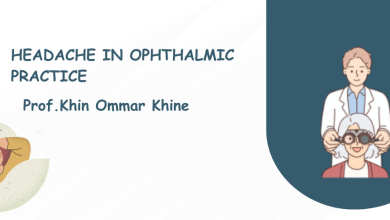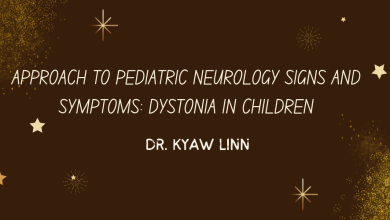The treatment of chronic HCV infection is totally changed by the development of oral DAAs, drugs that specifically affect the HCV virus which are primarily used together with Peg IFN and ribavirin (Triple therapy) achieving significantly higher SVR rates.
At the present time more and more DAAs are developed and new interferon free all oral therapies are available and currently standard of care in Myanmar.
Available drugs in Myanmar
a. Sofosbuvir (SOF) (Myanmar FDA Approved)
b. Sofosbuvir + Ledipasvir (SOF/LED) (Myanmar FDA Approved)
c. Daclatasvir (DCV) (Myanmar FDA Approved)
d. Sofosbuvir + Daclatasvir (SOF/DCV) (Myanmar FDA registration process in progress)
e. Sofosbuvir + Velpatasivr (SOF/VEL) (Myanmar FDA registration process in progress)
f. Elbasvir + Grazoprevir (EBR/GZR) (Myanmar FDA registration process in progress)
N.B All drugs are generic produced in Bangladesh, India and Pakistan.
Recommendation
All oral DAAs are standard of care therapy in Myanmar.
Indications for treatment
Recommendations
1. Treatment is recommended for all patients with chronic HCV infection, unless contraindicated.
2. Patients with short life expectancies owing to liver disease should be managed in consultation with an expert.
Pre-treatment assessments
All patients should be tested for co-infections, particularly hepatitis B virus (HBV), and for human immunodeficiency virus (HIV).
Alcohol consumption should be assessed, and specific counseling to stop any use of alcohol should be given.
Possible comorbidities, including alcoholism, cardiac disease, renal impairment, autoimmunity, genetic or metabolic liver diseases (for instance genetic hemochromatosis, diabetes mellitus or obesity) and the possibility of drug-induced hepatotoxicity should be assessed. (Refer to Specialist center)
Assessment of liver disease severity
Assessment of liver disease severity is recommended prior to therapy.
Although liver biopsy is gold standard for the diagnosis of liver cirrhosis, because of the sampling errors, invasive nature and the possibility of fatal complication, it is not recommended in Myanmar.
Identifying patients with cirrhosis or advanced fibrosis is of particular importance, as the choice of the treatment regimen and the post-treatment prognosis depends on the stage of fibrosis.
Fibroscan is the best tool for the assessment of the fibrosis of the liver. Metavir F3 and F4 can be regarded as cirrhosis of the liver.
However APRI (AST to Platelet Ratio Index) should be used for the detection of cirrhosis of liver in the resource limited situation.
APRI Formula = [(AST / ULN AST) x 100] / Platelets (109/L)
– APRI > 1 –>~ F3 and F4
– APRI > 0.75 –>~ F2-F3
Assessment of the stage of fibrosis is not required in patients with clinical or imaging evidence of cirrhosis.
Therapy with direct-acting antiviral: contraindications/warning (WHO)






Recommended Follow-up for Patients Who Achieve a Sustained Virologic Response (SVR)
Recommendations
1. For patients who do not have advanced fibrosis (ie, those with Metavir stage F0-F2), recommended follow-up is once a year.
2. Surveillance for hepatocellular carcinoma AFP (Alpha Feto Protein) with 6-monthly ultrasound examination is recommended for patients with advanced fibrosis (ie, Metavir stage F3 or F4) who achieve an SVR.
3. A baseline endoscopy is recommended to screen for varices if cirrhosis is present. Patients in whom varices are found should be treated and followed up as indicated.







